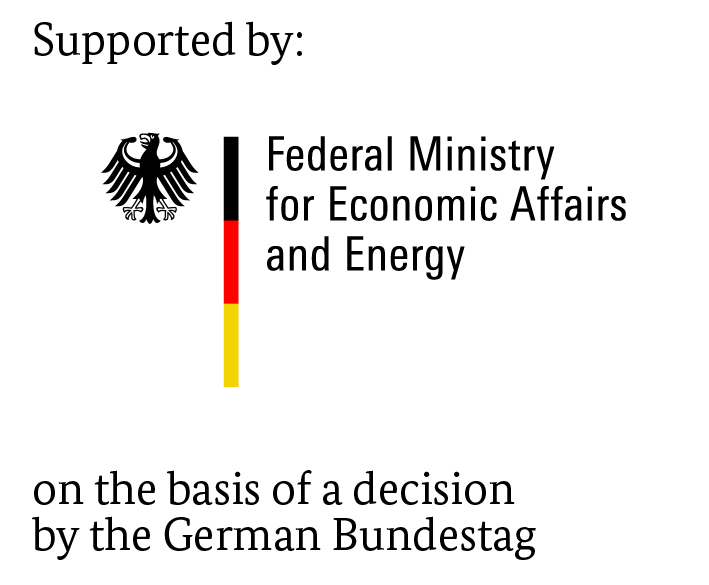The management of the water produced played an important role in the performance and lifetime of a fuel cell. Membrane humidifiers can be used for this purpose as an external component to protect the ionomer membrane in the fuel cell from drying out at any time. For this purpose, novel flat membranes based on hydrophilic, uncharged polymers, which are cross-linked via suitable reactions, have been developed at IGB. With their humidification performance, these membranes represent a good alternative to commercially available membranes.
 Fraunhofer Institute for Interfacial Engineering and Biotechnology IGB
Fraunhofer Institute for Interfacial Engineering and Biotechnology IGB
